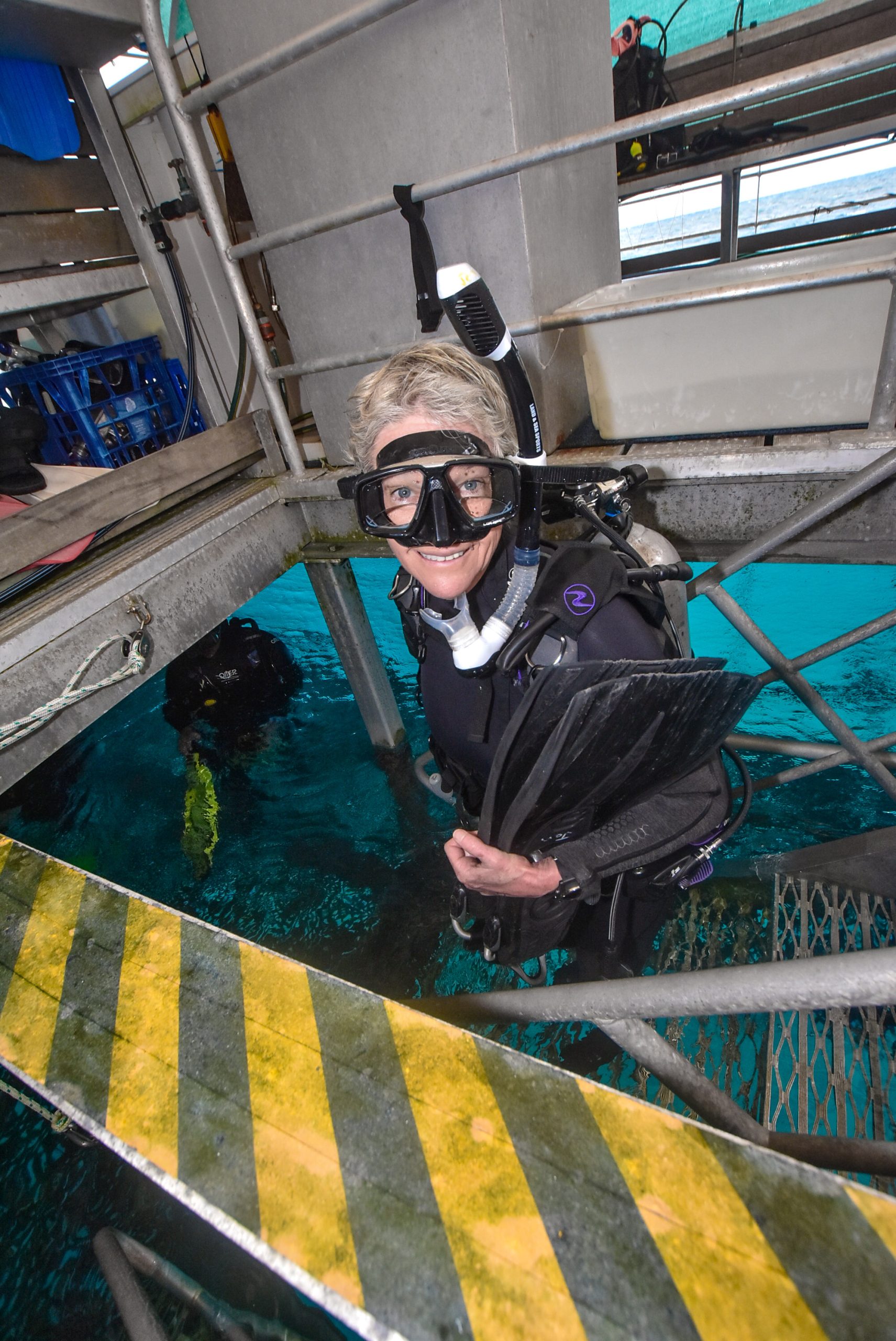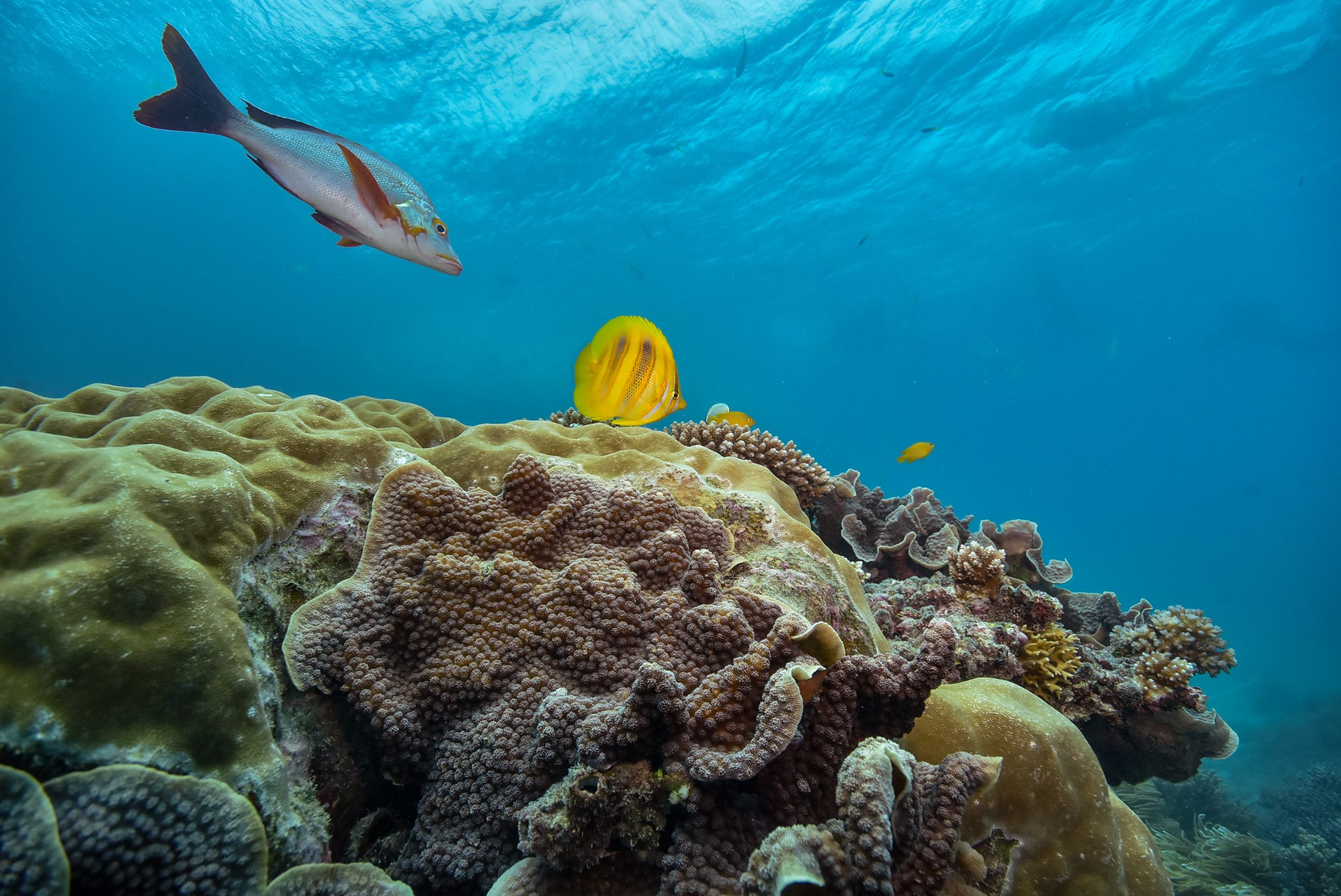It was so cold and rainy in Cairns on Tuesday, but it didn’t stop us getting on a cruise boat and going out to Moore Reef, which is part of the Great Barrier Reef. We went on the Sunlover day cruise with about 310 other paying customers.

It was blowing a gale and the rain was relentless, but it didn’t stop us getting into the water and seeing some corals and fishes.

Less than 5% of the corals that I saw exhibited colourful fluorescing, which is a form of bleaching. There were so many fish and between us we saw three different species of anemone fish/clown fish.
Did you know there is such a thing as a tomato clown fish – its Latin name is Amphiprion frenatus. We also saw the dusky clown fish – Amphiprion melanopus. But the only one that I have a photograph of from Tuesday is the clown fish known as the pink skunk – Amphiprion perideraion.



 Jennifer Marohasy BSc PhD is a critical thinker with expertise in the scientific method.
Jennifer Marohasy BSc PhD is a critical thinker with expertise in the scientific method.

Do the cruise boat people discuss the bleaching, and the other tourists, what do they believe about bleaching, do they talk?
If you get the chance go diving in Timor-Leste during the dry season. Secret Garden & Western side of Atauro Island. Stunning.
The coral looks healthy although the environment is much wetter than above surface where it was just raining.
Am I colour blind, or not. Where’s the bleaching?
Given that the human eye used TWO complementary systems (Rods and Cones) to detect light, there are issues being ignored in this matter..
Anyone who has strapped on a tank and taken to the reef may have noticed how the colours appear to change as you descend. The first first thing to get weird is RED. It starts to disappear at quite shallow depths. Thus, the “live” coral is only playing with a limited spectrum, to start with. The deeper you dive the more noticeable is the change in colour-balance and “luminosity”. Turbidity-induced light loss is a whole different bucket of bait.
Because corals need light for their very existence, there is a limit to the depth at which “live” corals can be observed. Try stepping off a reef wall and noting the how the species variety and density falls off the deeper you go. 60 feet in pristine water at high noon seems to be the practical limit, give or take.
DEAD walls of coral can be regularly found somewhat deeper than 60ft, but that is all to do with geological and climatic variations